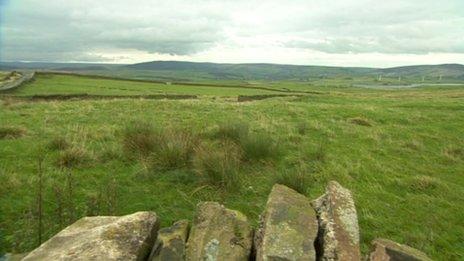'Game-changer' Yorkshire Dales woodland research study launched
- Published
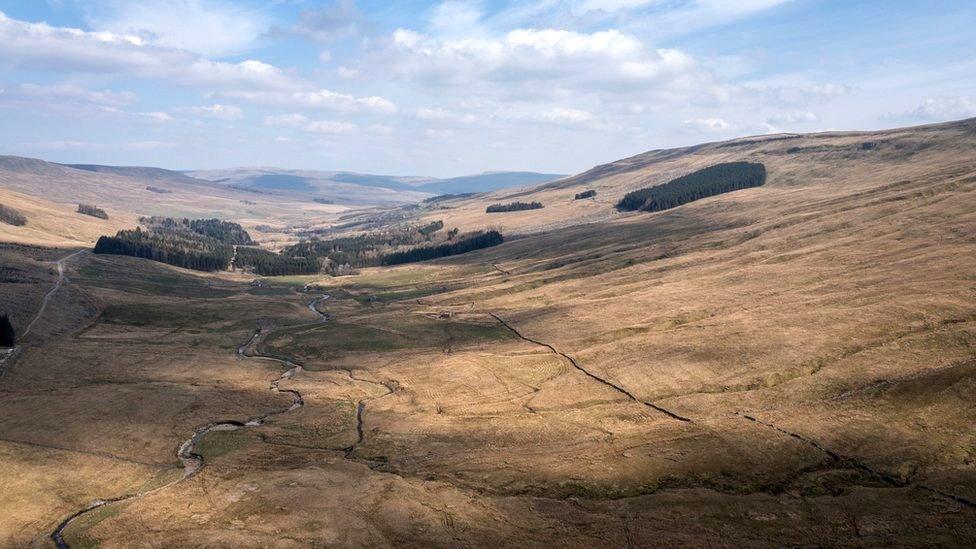
The Snaizeholme Valley, near Hawes, was once covered in trees
A 20-year study to assess how a vast new woodland in the Yorkshire Dales could help stave off the worst effects of climate change has begun.
The Woodland Trust is planting hundreds of thousands of trees at Snaizeholme, near Hawes, to create one of England's largest native woodlands.
According to those behind the study, the area is Yorkshire's wettest place.
Experts said the study would lead to a greater understanding of the flood reduction benefits of trees.
The research is being undertaken by scientists from the University of York and University of Leeds, with specialist equipment being used to monitor the site and to measure extreme weather events.
It was hoped the study would increase understanding of how trees can reduce flooding risk, capture and store carbon and provide vital habitat for nature recovery across UK uplands, researchers said.
Dr John Crawford, conservation evidence officer for the Woodland Trust, said: "We know mature woodlands deliver a range of important benefits.
"They provide a home for nature, lock away carbon to fight climate change and slow the flow of water helping to reduce downstream flooding."
However, Dr Crawford said less was known about new woodlands, adding that the research had the potential to be a "game-changer".

Just 5% of the Yorkshire Dales is covered by trees
Dr Rob Mills, from the University of York, said: "Opportunities to create and restore habitats at this scale are rare in England.
"Snaizeholme provides a unique opportunity to understand how carefully restoring a rich mosaic of habitats provides a range of benefits for people, nature and climate," he said.
Meanwhile, Prof Dominick Spracklen, from the University of Leeds, said: "We have used a computer model to calculate that restoring the valley would reduce downstream flooding during a 1-in-50-year storm event by nearly 10%.
"It could be the difference between a house or a community being flooded, or not," he told BBC Radio 4.
The area was covered in trees centuries ago, but the 1,386 acre (561 ha) valley is now almost barren.
The new trees would also "restore an entire ecosystem" for threatened bird species, the Woodland Trust said.

Follow BBC Yorkshire on Facebook, external, X (formerly Twitter), external and Instagram, external. Send your story ideas to yorkslincs.news@bbc.co.uk, external.
- Published17 April 2023
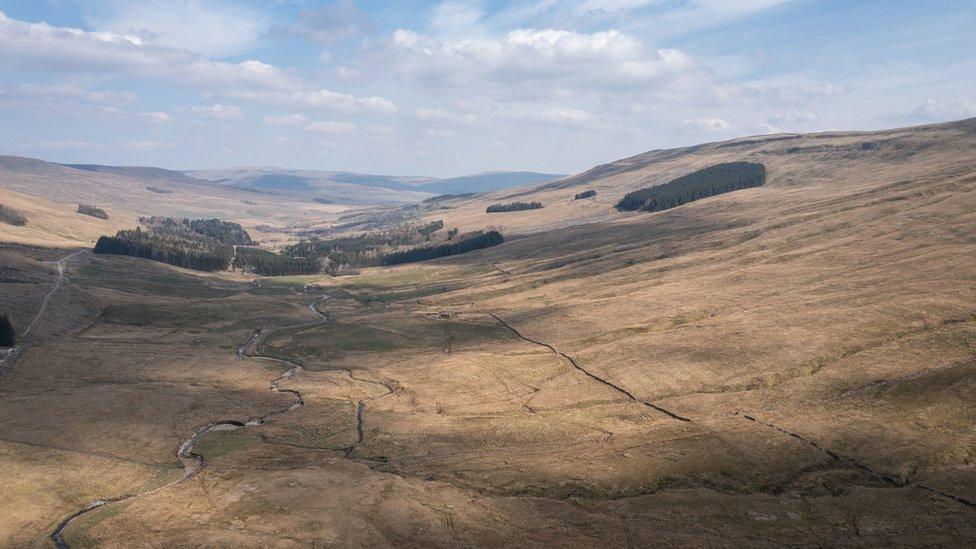
- Published26 May 2021
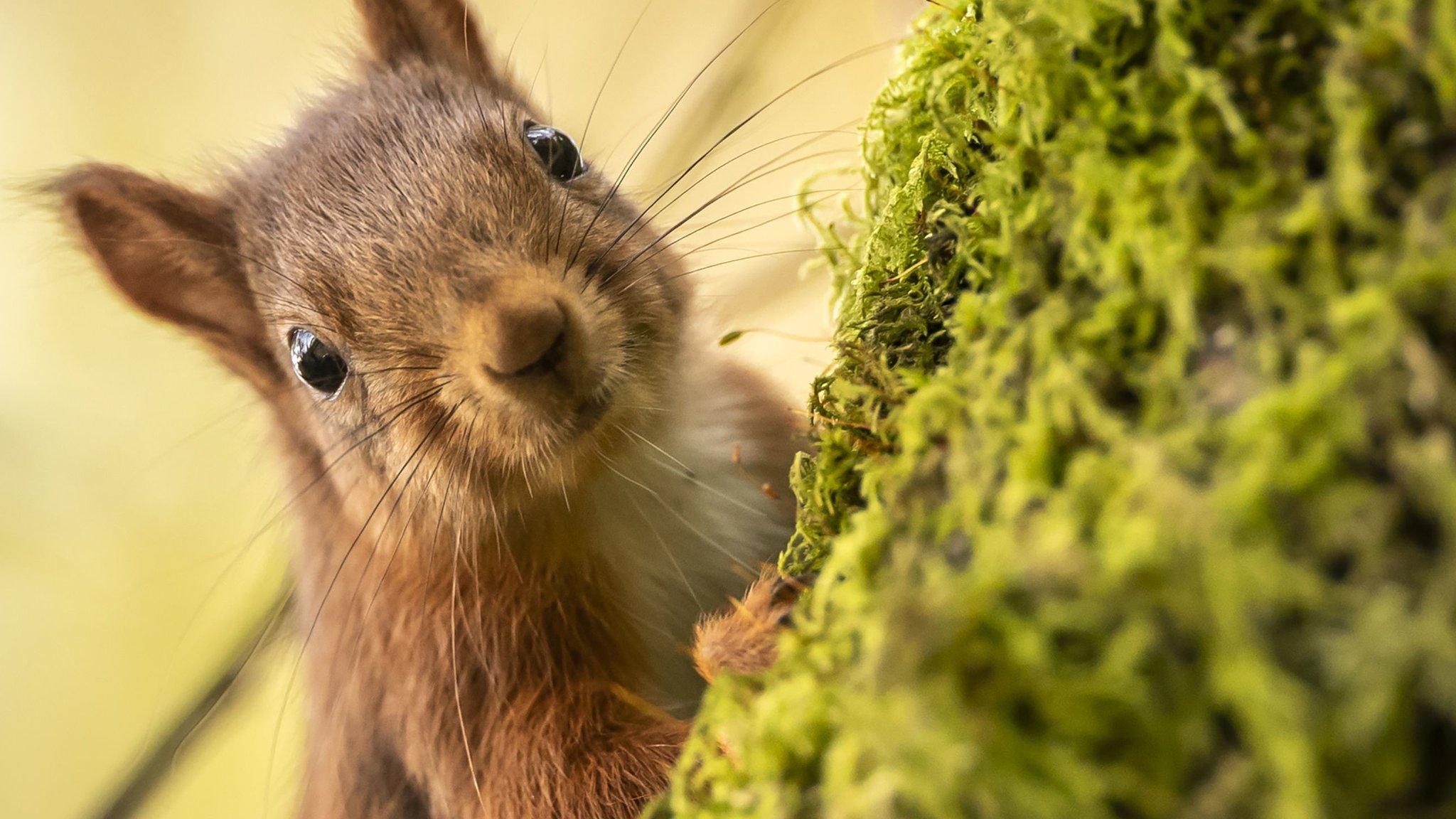
- Published16 December 2020
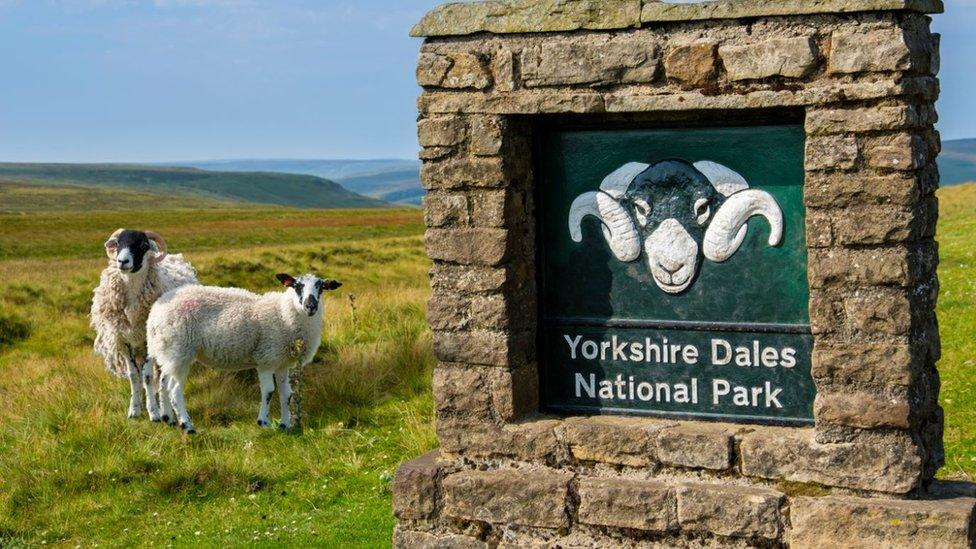
- Published17 November 2011
